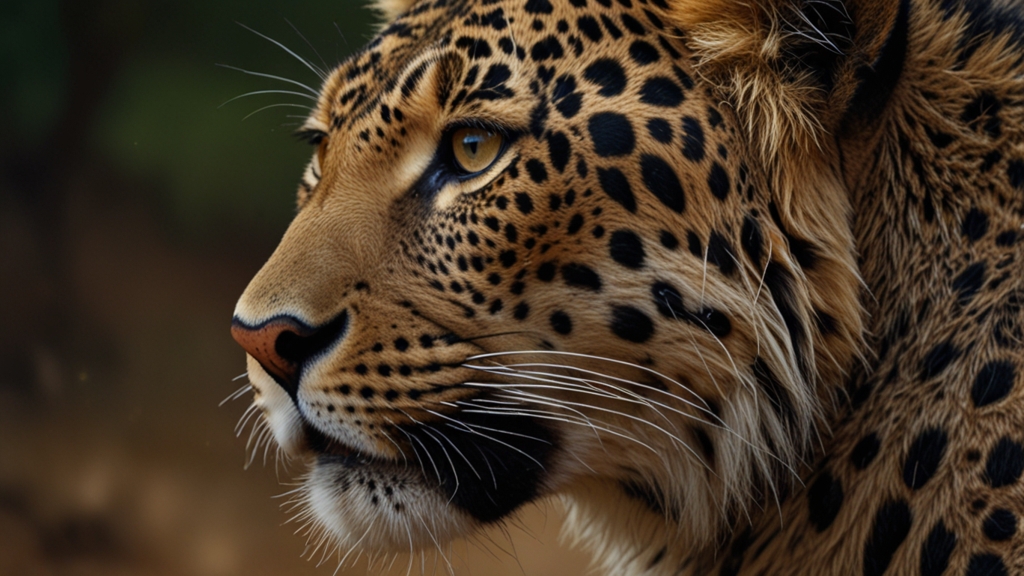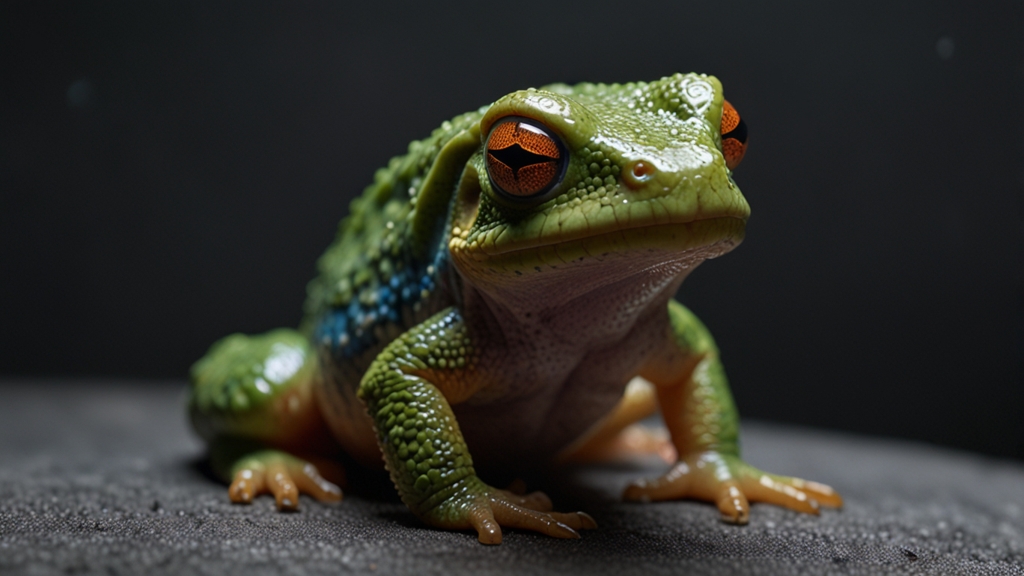The Surprising Truth About Animal Emotions
For centuries, humans have debated whether animals experience emotions in the same way we do. Recent scientific advancements, however, are shedding new light on the emotional lives of animals, revealing a surprising truth: animals can indeed feel a range of emotions, and their emotional experiences are often more complex than previously believed.
Understanding Animal Emotions
Emotions are typically categorized as primary (such as fear, joy, and anger) and secondary (such as empathy, jealousy, and guilt). While primary emotions are more primal and widespread across species, secondary emotions require a higher level of cognitive processing and self-awareness. Recent research suggests that many animals, from dogs and elephants to dolphins and birds, exhibit behaviors that indicate they possess both primary and secondary emotions.
"Animals are not simply reflexive beings acting on instinct alone. They demonstrate behaviors that imply thought processes, feelings, and a complex inner life." — Dr. Marc Bekoff, Ethologist and Author
Scientific Studies and Observations
A growing body of evidence supports the idea that animals have emotional experiences. For example, research conducted by neuroscientist Jaak Panksepp has shown that rats exhibit laughter-like vocalizations when tickled, pointing to a form of joy. Similarly, studies on elephants have demonstrated that they mourn the deaths of their kin, an indication of grief and empathy.
Another fascinating example is the social and emotional lives of dolphins. Dolphins exhibit behaviors that suggest strong social bonds, such as cooperative hunting, complex communication, and even what appears to be mourning when a pod member dies. These behaviors highlight not only the intelligence but also the emotional depth of these marine mammals.
"The animals of the world exist for their own reasons. They were not made for humans any more than black people were made for white, or women created for men." — Alice Walker, Author and Activist
Implications for Human-Animal Relationships
The recognition of animal emotions carries significant implications for how we treat and interact with animals. Understanding that animals experience feelings similar to our own can lead to more compassionate and ethical treatment. This is particularly relevant in contexts such as farming, animal testing, and wildlife conservation.
For instance, farm animals like pigs and cows have demonstrated behaviors indicative of social complexities and emotions. Recognizing this can prompt improvements in how these animals are housed and treated. Similarly, acknowledging the emotional capacities of animals used in scientific research can lead to more stringent welfare standards and alternative, humane research methods.
A New Perspective on Animal Welfare
As our understanding of animal emotions continues to evolve, it becomes increasingly clear that animals are sentient beings deserving of respect and compassion. This perspective challenges us to rethink traditional views and practices, advocating for a more ethical and empathetic approach to human-animal relationships.
"Until one has loved an animal, a part of one's soul remains unawakened." — Anatole France, Poet and Journalist
Conclusion
The surprising truth about animal emotions is that they are not so different from our own. From joy and grief to empathy and jealousy, animals experience a rich tapestry of emotions that reflect their inner lives and social bonds. By recognizing and respecting these emotional experiences, we can foster a more humane world for all living creatures, acknowledging the profound interconnectedness of life on Earth.












